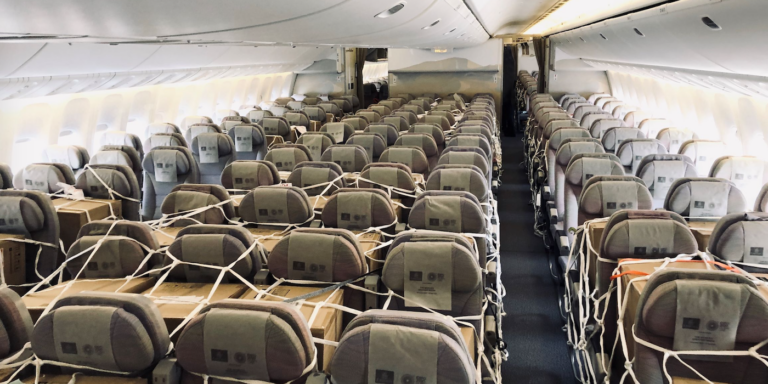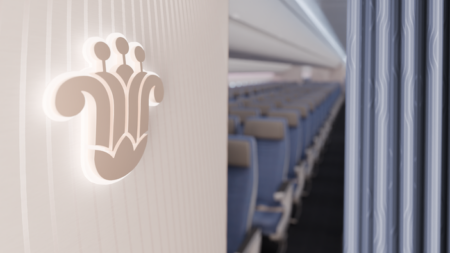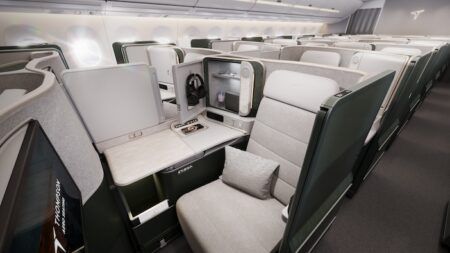Emirates SkyCargo, Emirates’ cargo division, is now operating nearly 100 daily flights to 65 cities on six continents, providing vital goods and goods to people around the world. In addition to 11 Boeing 777 full freighters with a cargo capacity of 100 tons each, the airline is operating around 60 of its Boeing 777-300ER passenger aircraft with a cargo capacity of 40 to 50 tons as pure cargo aircraft.
In order to further optimise cargo capacity due to growing customer demand in key markets, Emirates SkyCargo has started loading cargo into the luggage compartments and seats of its Boeing 777-300ER passenger cabins, in addition to the lower deck. If these areas are fully loaded, the airline can provide up to 24 tonnes of additional cargo capacity.
“We have moderately approached the loading of the cabins of our Boeing 777-300ER passenger aircraft,” said Nabil Sultan, Emirates’ Divisional SVP for cargo. “Since the safety of our employees is always our top priority, we had to balance market demand against potential risks to our flight operations. After a full assessment, we have introduced extensive policies and procedures, including precise rules for the type of cargo that can be loaded into the cabin.
“We have operated flights from Tokyo and New Delhi with cargo in the luggage compartments and on the seats, and are now able to respond optimally to customers’ demand for additional cargo capacity. In the coming weeks, we will offer more cargo flights both in the lower deck and in the aircraft cabin. We are also considering further measures, such as the removal of seats from selected aircraft, in order to use them on high-demand routes,” Sultan added.
Emirates SkyCargo has developed guidelines on the handling procedures for loading seats and luggage compartments in the passenger cabin of the Boeing 777-300ER. In addition, an intelligent computing program helps Emirates employees worldwide calculate the optimal loading capacity in the passenger cabin of the airline’s’ Boeing 777-300ERs.





